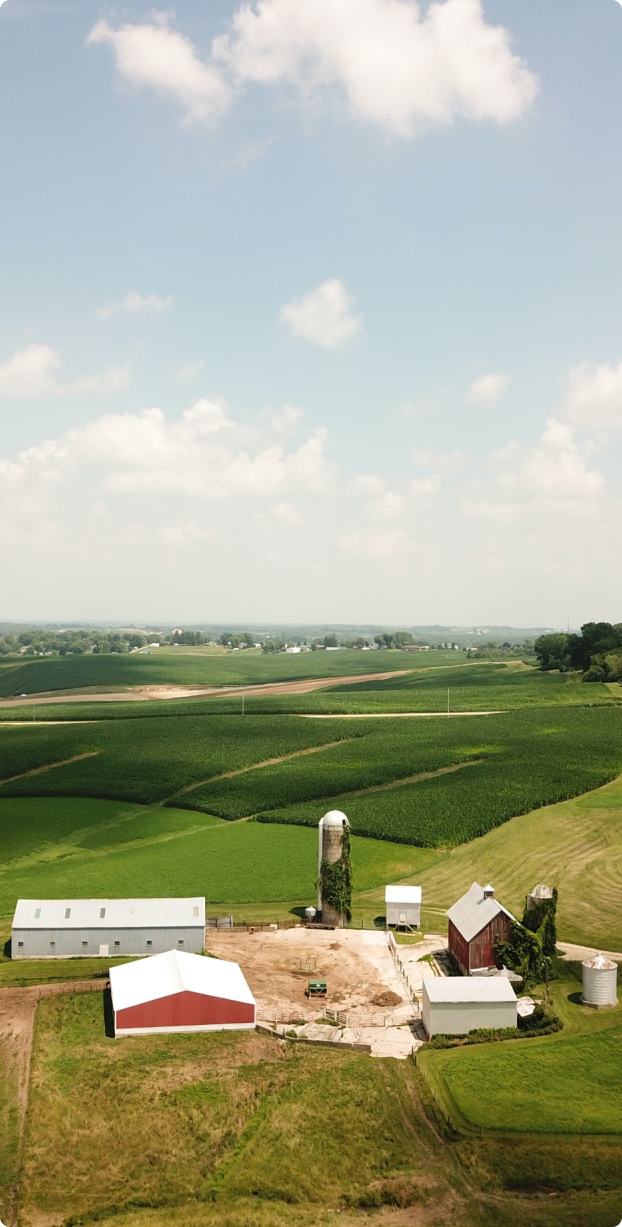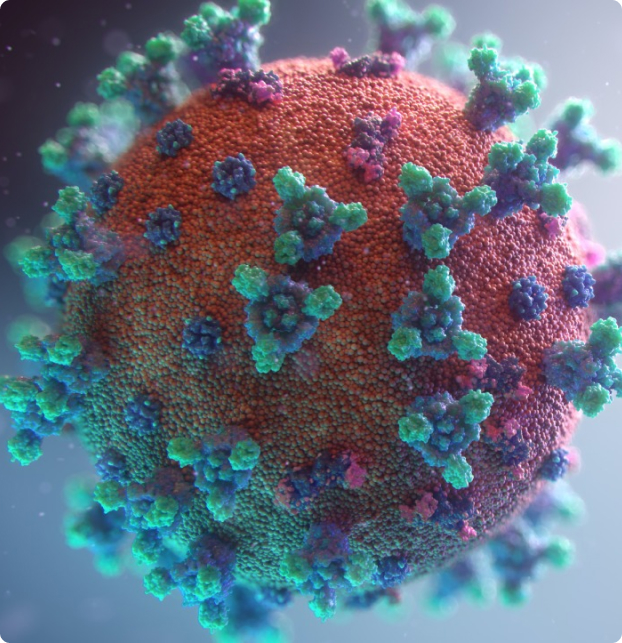Delivery & Transport of Critical Supplies
How our drones help
In recent years we’ve witnessed rapid urbanisation in many areas, and this trend is set to continue into the future. The result of this rapid urbanisation is increased pollution, congested roads, and decreased efficiency which is mainly caused by delays in the flow of people and goods.
Urban first and last mile delivery is a major part of the problem; as online shopping increases, so does demand for this service.
Using drones for delivery provides major relief for inner city areas by taking unnecessary traffic off the roads and directing it into the skies instead.
Examples of how high payload drone deliveries can work:
Scenario 1
A long-haul delivery arrives from outside the city and is sorted at a warehouse, being separated automatically according to certain criteria, drones then collect packages from the conveyer belts for delivery. A smartphone app and GPS allows the customer to place orders and track their delivery.
Scenario 2
The WALKER sits on top of a delivery truck, awaiting a parcel from the driver; the barcode on the parcel is scanned by the drone, it then uses GPS to fly to the destination. Afterwards, the drone hooks up with the truck, recharges its batteries, and gets ready for its next delivery run.
Rural Delivery, “Hard to Reach!”
Non-standard infrastructure
Rural areas tend to have poorer infrastructures and may be more difficult to reach by traditional delivery methods.
Delivery by drone can help to overcome this problem, providing occupants of rural areas with deliveries of everything from online shopping orders, to emergency medical supplies.
Drones can help to reduce, and eventually replace, the existing complex processes of reaching rural areas, such as cars, boats, and postal workers.
Iintralogistics, “Fetch!”
Pass me that wrench?
UAVs could provide valuable support to intra-plant transport in addition to supplier-to-plant emergency deliveries. This also includes the express delivery of items on-site that are crucial in the maintaining of operations, such as the delivery of parts, tools, and lubricants.
Employing drones within warehouses provides the opportunity for a more flexible and accessible storage system, featuring high bays that would be unreachable by humans alone. The drones can be equipped with sensors which allow the system to observe and analyse the surrounding environment, allowing the drone to navigate safely through the warehouse, find the target object, and carry out inventory checks as programmed.

Recommendation
Nextech recommends the Atlas-T delivery that has been designed specifically for this purpose. Delivery drones have the potential to revolutionise the way you do business, but only when used to their full advantage. Our recommendations include:
deployment
Atlas-T is designed for swift deployment, allowing you to respond to critical situations promptly. Its quick launch capabilities ensure you are up and running within minutes.
CruiseSpeed
With a max cruise speed of 50 km/hour, ATLAS-T is designed for swift deployment, allowing you to respond to critical situations promptly. Its quick launch capabilities ensure you are up and running within minutes
payload
The ALTLAS-T accommodates various multiple/various payloads including high-resolution mapping systems to advanced surveillance EO/IR cameras with object tracking and more.
endurance
The ATLAS-T has been carefully designed to provide the ideal balance between Endurance and Range

A Drone’s Eye View
Nextech Drones are able to provide your logistics manager with a complete airborne UAV platform, which enables remote sensing and records geo-referenced data types.
Nextech Drones focus on the design, manufacture, and marketing of long-range drones, typically 10km, 20km and 35km, which can carry payloads of up to 8kgs, and are for industrial strength commercial use. Long-range delivery drones have the potential to offer huge benefits for commerce and business. Solutions can be developed to meet your specific requirements, and our services can include support and training during implementation, as well as post implementation.
Nextech Drones services an international base of clients ranging from South Africa to the UAE. Clients include representatives from the following industries: Marketing, Real Estate, Security, Agriculture, Game farms, Wildlife management, Electrical installations, Telecommunications, Travel and tourism, Sheet metal manufacturing, Satellite electronics, Wind farms, Industrial Rope Access, Restaurant and Food, Environmental Affairs and Other Applications.
High Payload Drones and COVID-19.
The arrival of COVID-19 has seen new ways being found for Delivery & Transport drones to help slow the spread of COVID-19 infections.
For example, drones:
- deliver toilet paper in Florida
- deliver car keys in China
- transport medical goods transport in China.
- spraying disinfectant in France, Chennai, India, Surabaya, Indonesia, and other crowded cities.
- deliver critical medical supplies or lab samples in areas without the proper infrastructure.
Drones, like robots, are naturally effective at minimizing human interactions, which – communications, remote actions, deliver, observe/sense (monitor), especially in treacherous areas/conditions from bomb disposal to combating COVID-19.
Delivery & Transport of Critical Supplies
Given the risk of COVID-19, local governments often encourage citizens to limit their exposure and remain in their homes, which puts a strain on package and food delivery systems, which are themselves a potential vector of contamination.
“Medical delivery drones” have been used to:
- fly quarantine supplies and medical samples.
- contactless deliveries take humans out of the process to decrease COVID-19’s rate of spreading.
- bringing COVID-19 testing samples to laboratories by drones, helps the quick diagnosis and quarantining of infected citizens.
- used to safely transport medical supplies into hospitals where COVID-19 patients are being treated avoids the danger to the average courier, who might contract the disease and then go on to infect even more people, but delivery drones make this task safe.
Delivery & Transport Drone based distribution networks
Creating DRONE HIGHWAYS can allow medical and parcel deliveries almost immediately. Those who are at a heightened risk to COVID-19 stand to benefit more from drone services. They are already being urged to avoid highly trafficked areas to deter potential infection.

Densification of the ‘last mile’
- Residents of cities that rely on public transportation end up having very limited access to essential services such as grocery stores during a lockdown. Drones would effectively expand the number of options for grocery stores and other services in these cities, which would help with supply issues and maintaining social distancing. This also applies to medical care:
- drones are able to reduce human involvement in the medical supply chain (a vector for infection), while reducing hospital overcrowding by making it more practical for non-urgent patients to receive care in local clinics closer to home.
- In addition to delivering blood products and medication, items such personal protective equipment (PPE), or even COVID vaccines, can also be delivered as needed by drone, ensuring that this surge in demand is met across the entire healthcare network.
Rapid delivery to rural distribution points
- Drones would also assist in remote areas, where grocery stores and other key services are not restocked as quickly.
Direct to rural homes
- Drones could also deliver goods directly to homes in rural communities rather than to a central distribution centre such as a grocery store.
- Initial results show this so-called urban-air transportation channel “significantly reduces contact between samples and personnel, as well as improves delivery speed” — more than 50% faster than ground delivery.
Also read about Security Drones and Inspection Drones here.